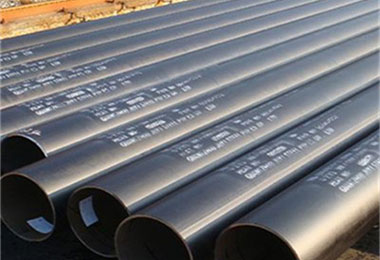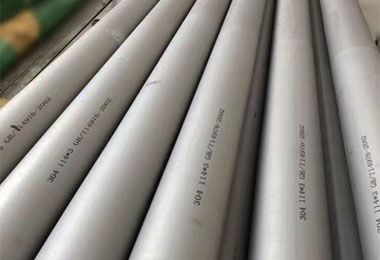The seamless tube for heat exchanger is one of the elements of the heat exchanger and is placed inside the cylinder for the exchange of heat between the two media. It has high thermal conductivity and good isothermal properties. It is a device that can rapidly transfer heat energy from one point to another, and has almost no heat loss, so it is called a heat-transfer superconductor and its thermal conductivity is several thousand times that of copper.
In addition to seamless tube, heat exchangers can also use a variety of enhanced heat transfer tubes, such as finned tubes, threaded tubes, spiral grooved tubes, and the like. When the heat transfer coefficient on the two sides of the inner diameter of the tube is greatly different, the fins of the fin tube should be arranged on the side with a low heat supply coefficient.
Commonly used sizes of heat transfer tubes (OD x wall thickness) are mainly Φ19mmx2mm, Φ25mmx2.5mm and Φ38mmx2.5mm seamless steel tubes and Φ25mmx2mm and Φ38mmx2.5mm stainless steel tubes. Standard lengths are 1.5, 2.0, 3.0, 4.5, 6.0, 9.0m, etc. The use of small pipe diameters can increase the heat transfer area per unit volume, compact structure, reduce metal consumption, and increase heat transfer coefficient. It is estimated that the heat exchange tube of the same diameter heat exchanger can be changed from Φ25mm to Φ19mm, the heat transfer area can be increased by about 40%, and the metal can be saved by more than 20%. However, the small diameter fluid resistance, inconvenience cleaning, easy fouling plugging. Large diameter tubes are generally used for highly viscous or dirty fluids, and small diameter tubes are used for cleaner fluids.





.jpg)

.jpg)

.jpg)




